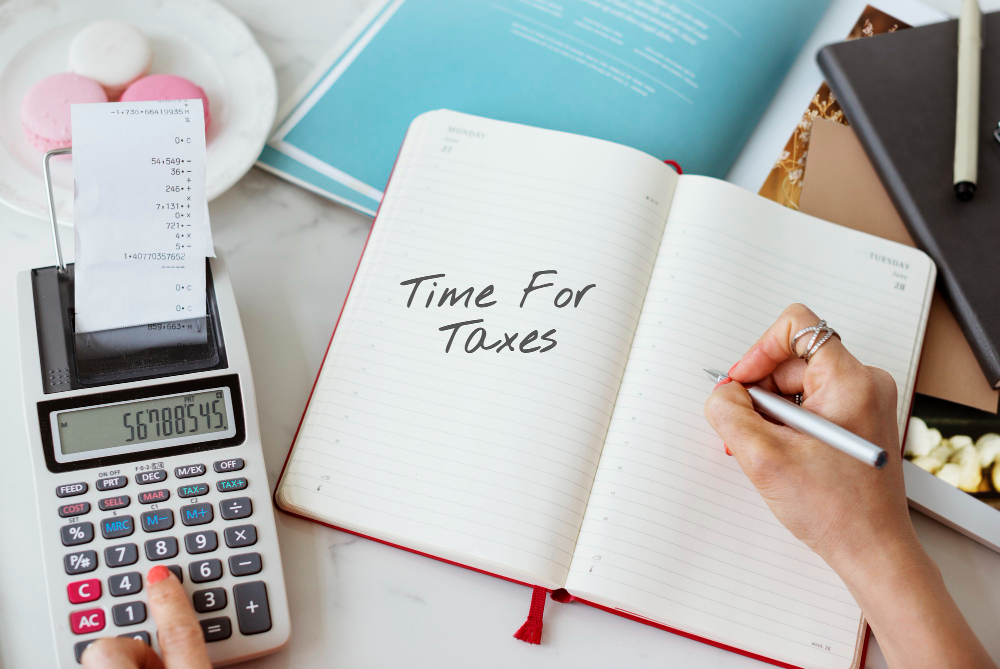Expert Income Tax Preparation in Houston, TX
Maximize your deductions and minimize your stress with certified tax professionals from Molen & Associates.
Get Your Free Consultation
Fill out the form and our tax experts will contact you within 24 hours
5,000+
15,000+
25+
$2M+

Houston's Trusted Tax Preparation Experts
With over 25 years of experience, Molen & Associates has been helping individuals and businesses in Houston navigate the complex world of taxes. Our team of certified professionals is dedicated to maximizing your returns while ensuring full compliance.
IRS Certified Professionals
Our team holds current IRS certifications and stays updated with latest tax laws
Personalized Service
We take time to understand your unique situation and financial goals
Year-Round Support
Tax questions don’t only happen during tax season – we’re here anytime you need us
Maximize Returns, Minimize Stress
We believe tax preparation should be straightforward and stress-free. Our proven process combines cutting-edge technology with personalized expertise to ensure you get every deduction you deserve.
Secure & Confidential
Bank-level encryption protects your sensitive information
Maximum Refunds
We find every credit and deduction you qualify for

Why Choose Molen & Associates?
Professional tax preparation that delivers real results for Houston residents and businesses.
Maximize Deductions
We identify every eligible deduction to ensure you pay the lowest amount legally possible.
Save Time
Let our experts handle the complexity while you focus on what matters most.
Audit Protection
Rest easy knowing your return is prepared accurately with full audit support.
Personalized Service
Work directly with experienced CPAs who understand your unique situation.
Year-Round Support
Access to tax professionals whenever you need guidance, not just during tax season.
Proven Expertise
Decades of experience serving Houston residents and businesses.
Our Tax Preparation Services
Comprehensive tax solutions tailored to your unique needs.
Individual Tax Preparation
Comprehensive tax preparation for individuals and families, ensuring all deductions and credits are maximized.
✓W-2 and 1099 income reporting
✓Itemized deductions analysis
✓Investment income reporting
✓State and local tax optimization
Business Tax Services
Expert tax preparation for businesses of all sizes, from sole proprietors to corporations.
✓Business entity tax returns
✓Quarterly estimated tax planning
✓Multi-state tax compliance
✓Business deduction optimization
Tax Planning & Strategy
Proactive tax planning to minimize your tax liability throughout the year.
✓Strategic tax planning sessions
✓Retirement account optimization
✓Entity structure recommendations
✓Year-end tax planning
Amended Returns & Back Taxes
Help with correcting past returns and resolving tax issues with the IRS.
✓Amended return preparation
✓Prior year tax returns
✓IRS notice response
✓Payment plan negotiations
Our Simple 4-Step Process
We’ve streamlined tax preparation to make it easy and stress-free for you.

Initial Consultation
We start with a complimentary consultation to understand your tax situation and goals.

Document Collection
We’ll guide you through gathering all necessary documents and provide a secure portal for submission.
Expert Preparation
Our experienced CPAs meticulously prepare your return, identifying every eligible deduction.

Review & Filing
We review your return together, answer any questions, and electronically file for fastest processing.

25+
10,000+
98%
$15M+
Client Testimonials
Having been in business for over 40 years has left us with no shortage of satisfied clients. But don’t take our word for it!
"Super helpful and timely. This is our first year with them and we look forward to trusting them with our taxes and business books for years to come."
"Best Ever! I go there every year. Feel confident everything possible was taken care of in the proper way. Super polite, attentive, quick, informative and on schedule."
"I've worked with Molen & Associates for several years now. Their team is always on top of every detail, staying ahead of deadlines and tax changes. Their professionalism, responsiveness, and expertise give us total confidence. The peace of mind they give is priceless. 10/10, hands down!"
Frequently Asked Questions
Get clear answers to common questions about our services, pricing, and approach.
What are the best tax deductions for Houston residents?
What's the difference between a tax preparer and an accountant?
Can I prepare my own income tax return?
When should I start preparing my taxes?
What documents do I need for tax preparation?
What's included in your tax preparation services?
Can you help if I'm behind on my bookkeeping or taxes?
What if I have an IRS issue or audit?
Do you offer tax planning, or just tax preparation?
How do I get started?
For business owners, click the ‘Book Discovery Call’ button to schedule a meeting with one of our account managers. We’ll discuss your needs, review your situation, and customize a service package. For individual tax preparation, call us at 281-440-6279. Getting started is simple, and we’ll guide you every step of the way.
Ready to Maximize Your Tax Savings?
Join thousands of satisfied Houston residents who trust Molen & Associates with their tax preparation.
Phone
Serving
Spring, Cypress, The Woodlands, Katy, Humble
